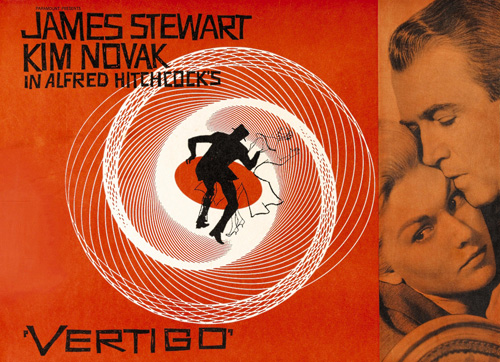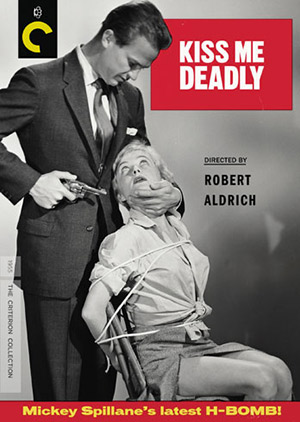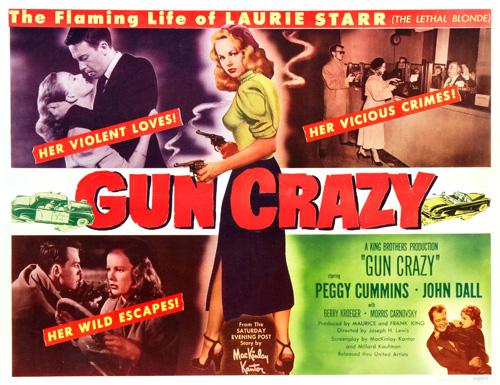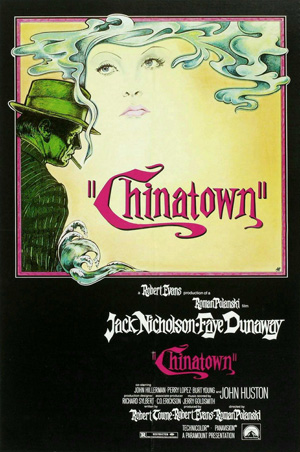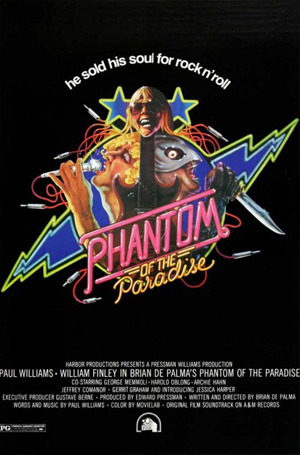
The second John Sand novel by Matt Clemens and me – Live Fast, Spy Hard – is out this month. The Kindle version is available for pre-order right now (for $3.99).
The Kindle pub date is March 17. The trade paperback edition should follow quickly, but I don’t have a date for that yet.
The cover is, in the opinion of the authors, a dandy. Wolfpack is coming up with some great covers for both new books of mine and for backlist titles. I remain astonished by how fast they move – this is a book Matt and I delivered this year. Traditional publishing takes a minimum of nine months from delivery to publication.
You can read this one without having read the first book in the series, Come Spy With Me, which of course is already available here.
Matt and I have already plotted the third book, To Live and Spy in Berlin, and Matt is working on the rough draft right now. I will be starting my draft next month. Whether we’ve written a trilogy or the first three books in a longer series depends on the response of readers, i.e., sales. But we are having an enormously good time writing these slightly tongue-in-cheek yarns about the “real-life” spy that just might be who Ian Fleming based his James Bond character on.
Wolfpack’s edition of Reincarnal has been corrected as to its messed-up table of contents, and the collection has been getting some lovely notices. Shoot the Moon has been well-received, too. Again, Wolfpack has done beautiful covers for the books, the former a new title, the latter a restructuring of the collection Early Crimes with the title novel of the new version brought forward to emphasize that it’s a novel with a couple of bonus short stories, and not a short story collection.
The Shoot the Moon book giveaway found the ten copies going lightning fast. Again, if you’ve received books in any of these giveaways, please remember the point of the exercise is to get some reviews on Amazon and elsewhere.
More good news, at least for me and for Nate Heller fans. For some time, I’ve been kicking around the idea of doing Heller novels at Hard Case Crime. With Quarry, Nolan and a few other titles of mine at HCC, I’m their most published author, and I’ve built a nice readership there, some of which (I suspect) has not tried Heller, intimidated by the historical nature (and sometimes length) of the books. These readers don’t realize that Heller is very much in the mold of Quarry, Nolan, Mike Hammer and other characters of mine. I consider Heller my signature character, and he has been my most enduring creation with those novels bringing me the most critical acclaim.
Additionally, Road to Perdition – the graphic novel that remains my major claim to fame – is a spin-off of sorts of the Heller saga. It came about when an editor at DC asked for a graphic novel in the Heller vein, but with new characters.
I’ve long felt that the retro publishing style of HCC would be a perfect way to widen the Heller readership, and editor Charles Ardai agreees. The titles of the new Hellers – The Big Bundle and Too Many Bullets – will give them a decided HCC feel. Recently, when the Heller run at Forge ended after five books (Do No Harm the most recent), the opportunity to move to Hard Case became a reality. Parent company Titan has offered a two-book Heller contract at HCC, and I am very grateful to publisher Nick Landau and his crew (including my Mike Hammer editor, Andrew Sumner) for their belief in me and my work.
A two-book contract will allow me to complete the five-book Kennedy saga (and the two-book Robert Kennedy cycle), which may bring the series to an end. Heller began in 1983, and – having celebrated (or is that survived) my 73rd birthday last week – I am not sure the rigorous research required for a Heller is something I’ll be up to after this two-book contract is delivered (one book early next year, the other early the following year).
If I do feel up to going on with Heller after the Kennedy saga is complete (the other books are Bye Bye Baby, Target Lancer and Ask Not), that will depend upon the response, chiefly sales. Subjects I’m contemplating are the killing of Martin Luther King, the murder of George Reeves, and Watergate.
Do No Harm continues to get strong notices, including Jon Breen’s current write-up (complete with the cover on display) in Mystery Scene. If you haven’t read this one, a reminder: no mass market or trade paperback is scheduled, so you’ll have to spring for hardcover (or Kindle).
The decision by the Dr. Seuss estate to pull half a dozen titles because of racist imagery is a smart move on their part, but a sad day for authors and, for that matter, readers.
Still, racism in a children’s book, however unintentional, makes those books, published long ago, problematic today. I get that. But I feel the best way to deal with this – in this current judgmental climate, at least – is to publish a disclaimer that, in a kids’ book, encourages parental guidance and discussion. That a gentle soul like Ted Geisel – who preached racial tolerance by way of parable through wonderful cartoons and fun absurd rhymes – faces this kind of thing is distressing if understandable.
TCM is going to great lengths to have discussions of classic films that have committed the sin of not being “woke” forty, fifty, sixty years ago. This is nothing new at TCM, who did the same for Charlie Chan movies quite a while back. Whether they are being socially responsible or playing a CYA game is in the mind of the beholder.
Disney and Warner’s, on their classic cartoon collections, have long had disclaimers, and my pal Leonard Maltin has delivered some of those (so has Whoopee Goldberg). Again, with kids I get this. But grown-ups actually shouldn’t need the disclaimers (although CYA does seem to require it), because anyone not standing on their IQ ought to have an awareness of when a film was made and at least a vague idea of the cultural context.
A stunted sense of humor and particularly lack of a sense of irony seems at play here. My generation, through underground comix and comedy of the SNL and SCTV variety, mocked racial and sexual stereotypes; humor, satire, is an excellent way to make such points, though trying to do so now would be perilous.
As usual, nuance has gone out the window. This may come as a shock to some, but the Mickey Rooney Asian bit in Breakfast at Tiffany’s was always offensive, and was found so at the time and ever since. But it reflected director Blake Edwards’s slapstick instincts and, again, is a spoofing of racism; it doesn’t work in Breakfast because it’s so over the top and unfunny, and is jarringly out of step with the otherwise sophisticated tone of the movie.
But I am sure we will see a move to ban the same director’s Pink Panther movies with the Inspector Clouseau/Cato relationship. Is there some way to explain that “my little yellow friend” was funny because it was so wrong, and we knew at the time that it was?
The danger of such self-righteous attitudes is that the work of ethnic artists – great actors like Burt Kwouk (Cato), Tim Moore (the Kingfish), and Mantan Moreland (Charlie Chan’s chauffeur) – may be lost to time, censored out of existence. I shudder to think that the Great American Novel (The Adventures of Huckleberry Finn) will be banned from even more bookshelves. Is John Ford’s film The Searchers any less a condemnation of racist hatred because a white actor in “redface” plays Scar, the antagonist chief? The answer might be yes, but I would suggest a more logical, fair answer would be, “It was made in 1956.”
This notion that intention is irrelevant is especially troubling. Of course intention isn’t an excuse or a free pass; but neither is it beside the point. Good intentions may pave the road to hell (aka perdition), but they are a sign of a teachable situation where, say, a KKK rally isn’t.
Here’s a terrific review of Skim Deep.
Here’s a reprint of a Kill Your Darlings review by the knowledgeable Art Scott. It’s a Mallory novel.
And here’s an extensive look at my work (an expansion of a previous piece) at Atomic Junkshop.
M.A.C.
